(-)-Oleocanthal inhibits growth and metastasis by blocking activation of STAT3 in human hepatocellular carcinoma
- PMID: 27259268
- PMCID: PMC5190038
- DOI: 10.18632/oncotarget.9782
(-)-Oleocanthal inhibits growth and metastasis by blocking activation of STAT3 in human hepatocellular carcinoma
Abstract
We explored the anti-cancer capacity of (-)-oleocanthal in human hepatocellular carcinoma (HCC). (-)-Oleocanthal inhibited proliferation and cell cycle progression and induced apoptosis in HCC cells in vitro and suppressed tumor growth in an orthotopic HCC model. (-)-Oleocanthal also inhibited HCC cell migration and invasion in vitro and impeded HCC metastasis in an in vivo lung metastasis model. ( )-Oleocanthal acted by inhibiting epithelial-mesenchymal transition (EMT) through downregulation Twist, which is a direct target of STAT3. (-)-Oleocanthal also reduced STAT3 nuclear translocation and DNA binding activity, ultimately downregulating its downstream effectors, including the cell cycle protein Cyclin D1, the anti-apoptotic proteins Bcl-2 and survivin, and the invasion-related protein MMP 2. Overexpression of constitutively active STAT3 partly reversed the anti cancer effects of (-)-oleocanthal, which inhibited STAT3 activation by decreasing the activities of JAK1 and JAK2 and increasing the activity of SHP-1. These data suggest that (-)-oleocanthal may be a promising candidate for HCC treatment.
Keywords: (-)-Oleocanthal; STAT3; hepatocellular carcinoma; tumor growth; tumor metastasis.
Conflict of interest statement
The authors declare no conflicts of interest.
Figures
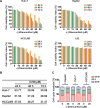
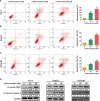
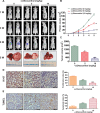

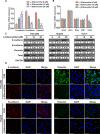
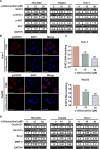
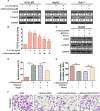
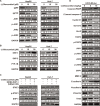

References
MeSH terms
Substances
LinkOut - more resources
Full Text Sources
Other Literature Sources
Medical
Research Materials
Miscellaneous

